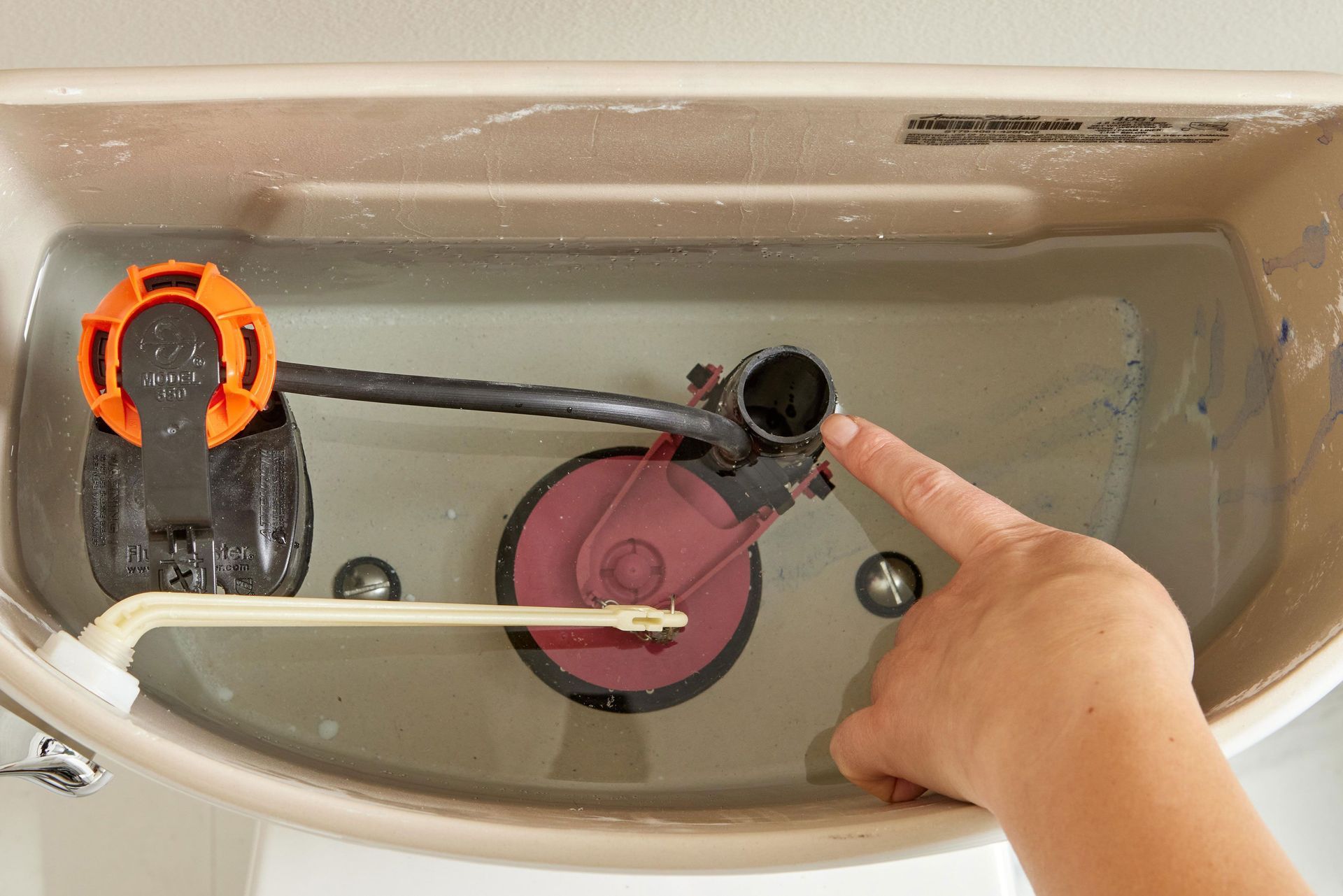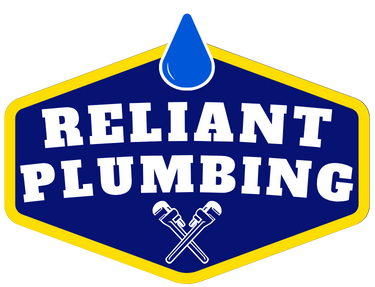
🚽 Why Your Toilet Keeps Running (And How to Fix It)
A constantly running toilet can waste hundreds of litres a day—and lead to higher water bills. Here’s why it happens and what you can do about it.

Introduction
It’s one of the most common plumbing annoyances in any home: a toilet that just won’t stop running. You jiggle the handle, listen for the tank to fill… but the sound keeps going. Aside from being irritating, it’s also wasting water and money—potentially hundreds of dollars a year.
If you're a homeowner in Cambridge noticing this issue, it’s time to get to the bottom of it. In this guide, we’ll break down the most common reasons toilets run continuously, how to diagnose it, and when it’s time to call a professional plumber.
1. Why a Running Toilet Is a Big Deal 💸
Many people think a running toilet is harmless, but it’s actually one of the biggest sources of hidden water waste in Canadian homes.
Here’s why it matters:
- A single running toilet can waste up to 750 litres a day
- That can add $100–$200+ to your annual water bill
- It may signal other plumbing issues, like worn-out parts or improper water pressure
In some cases, a running toilet may even cause overflowing, flooding, or mould growth if unnoticed.
2. Most Common Causes of a Running Toilet 🚿
There are a few main reasons your toilet keeps running—and most of them are due to worn or misaligned internal components inside the tank:
🔧 Flapper Problems
The rubber flapper at the bottom of your tank creates a seal after each flush. If it's old, cracked, or doesn’t seal properly, water will keep leaking into the bowl.
⚙️ Faulty Fill Valve
The fill valve regulates the tank’s water level. If it’s stuck open or misadjusted, it’ll continuously let water in—even when the tank is full.
📏 Incorrect Float Height
If the float is too high, the tank will overfill, causing water to flow into the overflow tube—resulting in constant running.
💦 Leaky Flush Valve or Chain Issues
A tangled or too-tight chain can hold the flapper open, while a damaged flush valve might not close properly.
3. How to Test for a Leak 🔍
Want to confirm your toilet is leaking or running excessively?
Try the food colouring test:
- Remove the tank lid and add a few drops of food colouring to the water inside.
- Wait 20–30 minutes without flushing.
- If coloured water appears in the toilet bowl, you’ve got a leak (likely the flapper).
This simple test can help pinpoint whether water is escaping from the tank to the bowl.
4. Quick Fixes You Can Try Yourself 🧰
If you're comfortable doing a little DIY, here are some fixes for a running toilet:
- Replace the flapper: Available at most hardware stores for under $20.
- Adjust the float: Bend the rod or slide the float mechanism down to stop overfilling.
- Tighten or loosen the chain: Ensure the chain isn’t too short or tangled.
- Clean the fill valve: Shut off the water, remove the top cap, and flush out debris.
These fixes solve most simple toilet issues. But if it continues running—or you’re not confident—call in a professional.
5. When to Replace the Toilet 🚽
Sometimes, a running toilet is part of a bigger issue—especially if it’s more than 15–20 years old.
Signs it may be time for a new one:
- Cracks in the tank or bowl
- Repeated clogs
- High water usage (older toilets can use 13+ litres per flush)
- Constant repairs needed
Upgrading to a low-flow, water-efficient model can cut water usage by 20–60%—and help prevent future running problems.
6. How a Plumber Can Help 🧑🔧
If you’ve tried everything and your toilet keeps running, a plumber can:
- Inspect internal parts
- Replace old fill valves, flappers, and seals
- Check for high water pressure or faulty shutoff valves
- Recommend a replacement if needed
Professional diagnosis can save you time, water, and prevent future headaches.
Final Thoughts
A running toilet might seem minor, but it’s a sign that something isn’t working as it should. From worn-out flappers to faulty fill valves, there are several potential causes—most of which are inexpensive to fix. But left untreated, it can cost you hundreds in water bills and even lead to long-term plumbing damage.
Whether you're dealing with a quick DIY fix or need expert help, don’t ignore the sound of running water. Your wallet—and the planet—will thank you.
